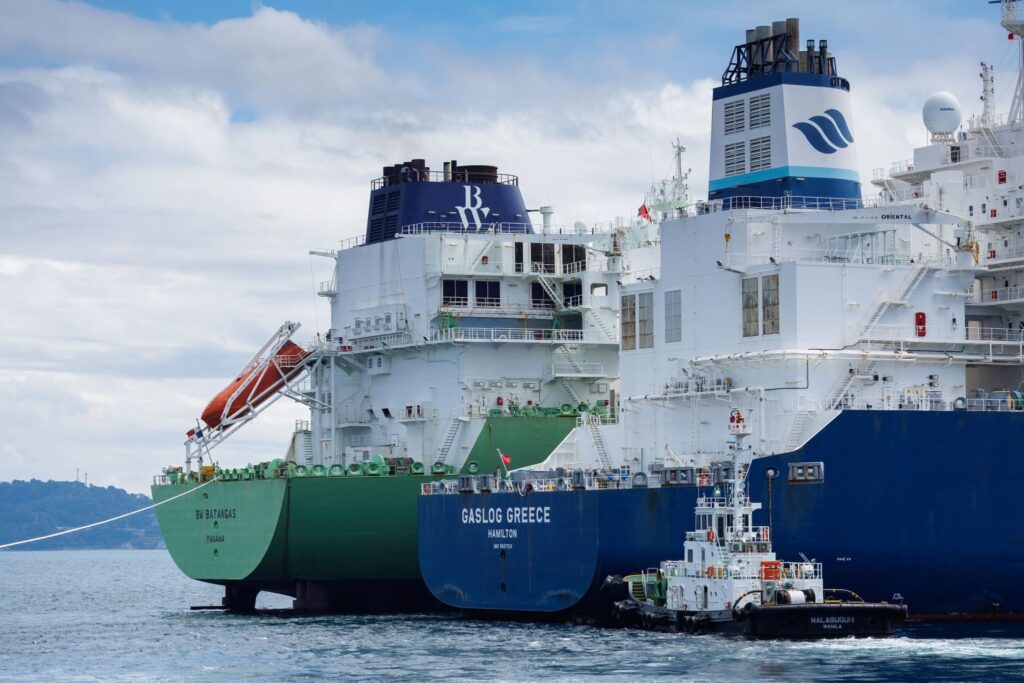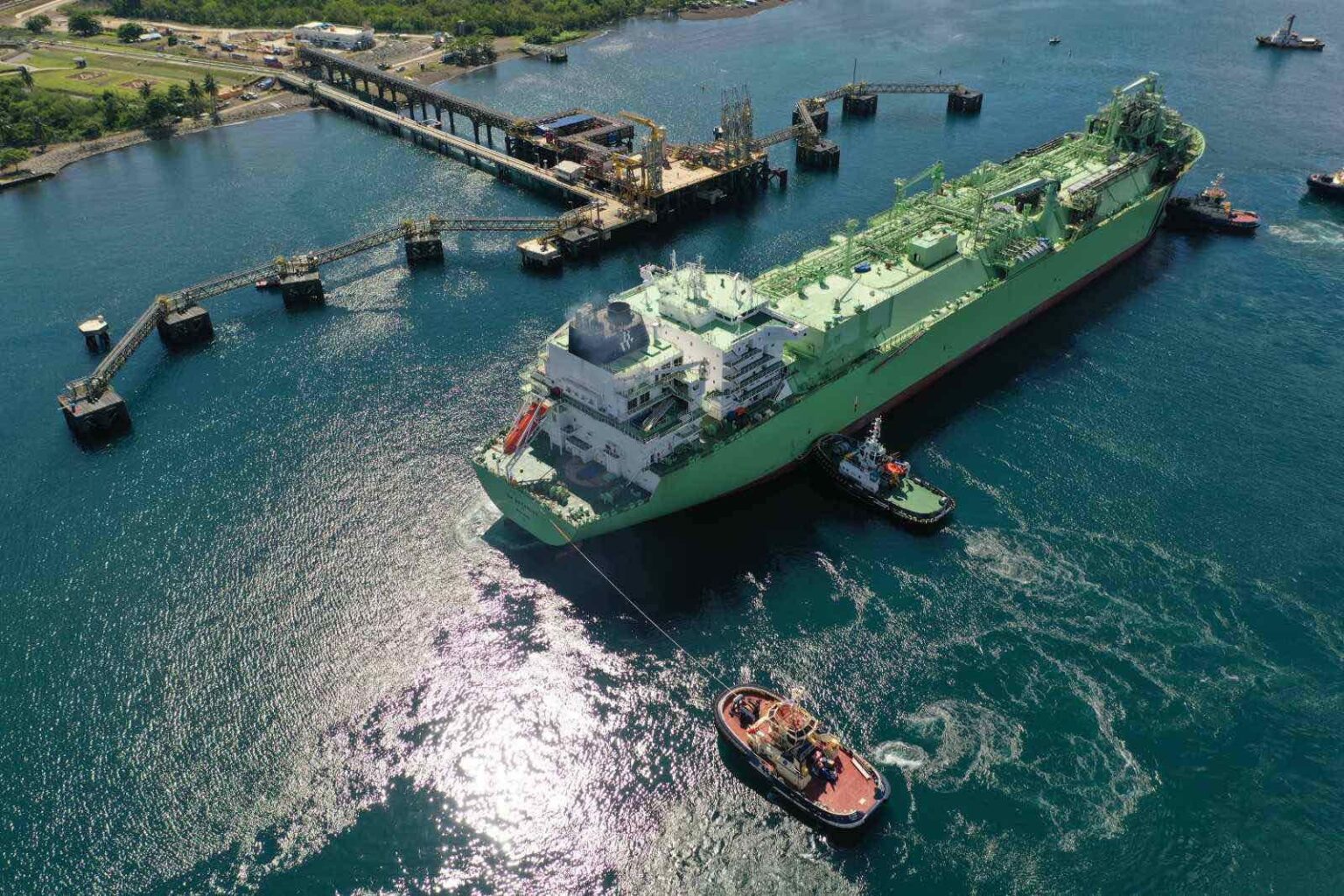Landmark LNG Delivery Strengthens Philippines’ Energy Security
In a major step toward energy diversification, First Gen Corporation has received its first liquefied natural gas (LNG) shipment from Qatar at its floating storage and regasification unit (FSRU) in Batangas. This historic event signals a strong move forward in the Philippines’ shift to secure more stable and sustainable sources of power, especially ahead of the country’s high-demand summer season.
The LNG shipment was delivered by the LNG carrier Simaisma, which brought a cargo of approximately 145,700 cubic meters of liquefied natural gas from Qatar. It was received by the BW Batangas, a state-of-the-art floating terminal with a capacity of 162,000 cubic meters, located at First Gen’s Clean Energy Complex in Batangas City.
This development marks the first time the Philippines has received LNG from Qatar, one of the world’s top exporters of natural gas, and comes as the country looks to reduce its dependency on declining local gas reserves from the Malampaya gas field.
Ensuring Energy Security During Peak Season
Jonathan Russell, Executive Vice President and Chief Commercial Officer of First Gen Corporation, emphasized the importance of this cargo in ensuring reliable energy supply during the summer months. Power demand in the Philippines typically surges during the dry season due to increased use of air conditioning, fans, and cooling systems across households, businesses, and industries.

“As we head into the hot summer months, this latest delivery will ensure that First Gen Corporation’s power plants will have LNG when needed,” said Russell. “More importantly, this milestone helps guarantee that the Philippines will have energy security, now and in the years to come.”
QatarEnergy’s First Shipment to the Philippines
The LNG cargo came from QatarEnergy LNG, a division of state-owned energy giant QatarEnergy, which operates the massive Ras Laffan LNG complex—one of the largest in the world. This delivery represents the strengthening of energy relations between the Philippines and Qatar, two nations increasingly aligned in the pursuit of long-term energy stability and clean fuel alternatives.
For the Philippines, which has traditionally relied on coal and oil imports for electricity generation, this LNG shipment is a major milestone. It demonstrates the growing importance of natural gas as a transition fuel in the shift toward cleaner energy sources.
A Growing LNG Supply Network
This latest delivery is part of First Gen’s broader efforts to establish a reliable and diverse LNG supply network. Prior to this Qatari shipment, First Gen’s FSRU terminal in Batangas had already received LNG cargoes from other global suppliers, including one from Shell’s Queensland Curtis LNG plant in Australia in October of the previous year.
To ensure continuous and flexible supply, First Gen has actively engaged with several major international energy companies including Trafigura, TotalEnergies, and China National Offshore Oil Corporation (CNOOC). The company is building a portfolio of suppliers to minimize risks and provide competitive pricing options for the Philippine power market.
Earlier this year, First Gen also issued a tender to purchase additional LNG cargoes to cover peak power demand in the summer months. This forward-looking approach reflects the company’s commitment to both energy availability and affordability.
Strategic Partnerships for a Greener Future
First Gen’s LNG terminal project is backed by several international partners. Notably, Tokyo Gas, one of Japan’s largest natural gas utilities, acquired a 20% stake in First Gen LNG Corporation, the subsidiary managing the Batangas terminal. This collaboration brings in valuable experience and operational know-how from Japan’s mature LNG market, enhancing the project’s long-term success.
The BW Batangas FSRU is now permanently moored at the First Gen Clean Energy Complex in Batangas City. This floating terminal receives, stores, and regasifies imported LNG, which is then supplied to nearby natural gas-fired power plants. These plants include the 1,000-megawatt Santa Rita, 500-megawatt San Lorenzo, 414-megawatt San Gabriel, and 97-megawatt Avion power plants. Combined, they account for a total capacity of over 2,000 megawatts.
These facilities previously depended on the Malampaya gas field, located off the coast of Palawan. However, the field’s gas production has been steadily declining in recent years, prompting urgent efforts to find alternative sources of supply. The introduction of imported LNG provides a timely and reliable solution.
A National Milestone in Energy Transition
The successful arrival and unloading of Qatari LNG at First Gen’s Batangas terminal is more than a corporate achievement—it’s a national milestone in the Philippines’ energy transition.
By integrating imported LNG into the national grid, the Philippines not only boosts its energy security but also makes strides toward cleaner, lower-carbon power generation. Compared to coal and oil, natural gas burns more cleanly, emitting less carbon dioxide and other pollutants. It serves as a crucial bridge fuel in the journey toward renewable energy.
The Department of Energy (DOE) has been supportive of LNG projects, seeing them as vital to stabilizing the country’s power supply while renewables continue to develop. Over the past few years, the Philippine government has encouraged private sector investment in LNG infrastructure to ensure energy resilience and affordability.
The Future of LNG in the Philippines
The arrival of this first Qatari shipment is expected to be followed by more cargoes throughout 2025 and beyond. As more LNG terminals become operational across the country, the Philippines is positioning itself as an emerging player in the Asia-Pacific LNG trade.
First Gen’s Batangas terminal is one of the most advanced in the country, and its successful commissioning sets the standard for future LNG developments. Other firms, including San Miguel Corporation, Aboitiz Power, and Linseed Field Power, are also developing LNG terminals and import projects to cater to the country’s growing power needs.
With increasing demand, a shrinking domestic gas supply, and a growing renewable energy sector, LNG is set to play a central role in the Philippines’ energy future.
Conclusion
The delivery of the first Qatari LNG cargo to First Gen’s Batangas terminal marks a turning point in the Philippines’ energy landscape. This event not only strengthens the country’s energy security but also highlights the effectiveness of public-private partnerships and international cooperation.
As the nation continues its journey toward a more sustainable and resilient energy system, milestones like this underscore the importance of innovation, investment, and global collaboration in powering the future.
Qatar PM Warns: Iran Nuclear Attack Could Poison Gulf Water Supply



